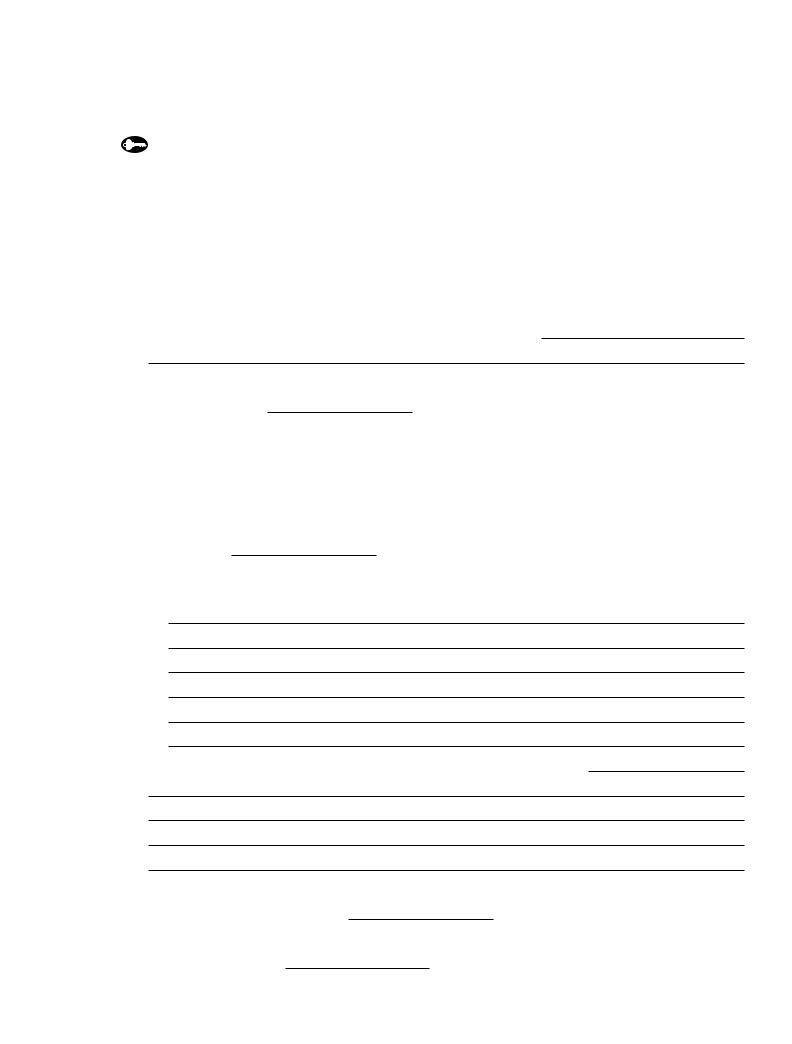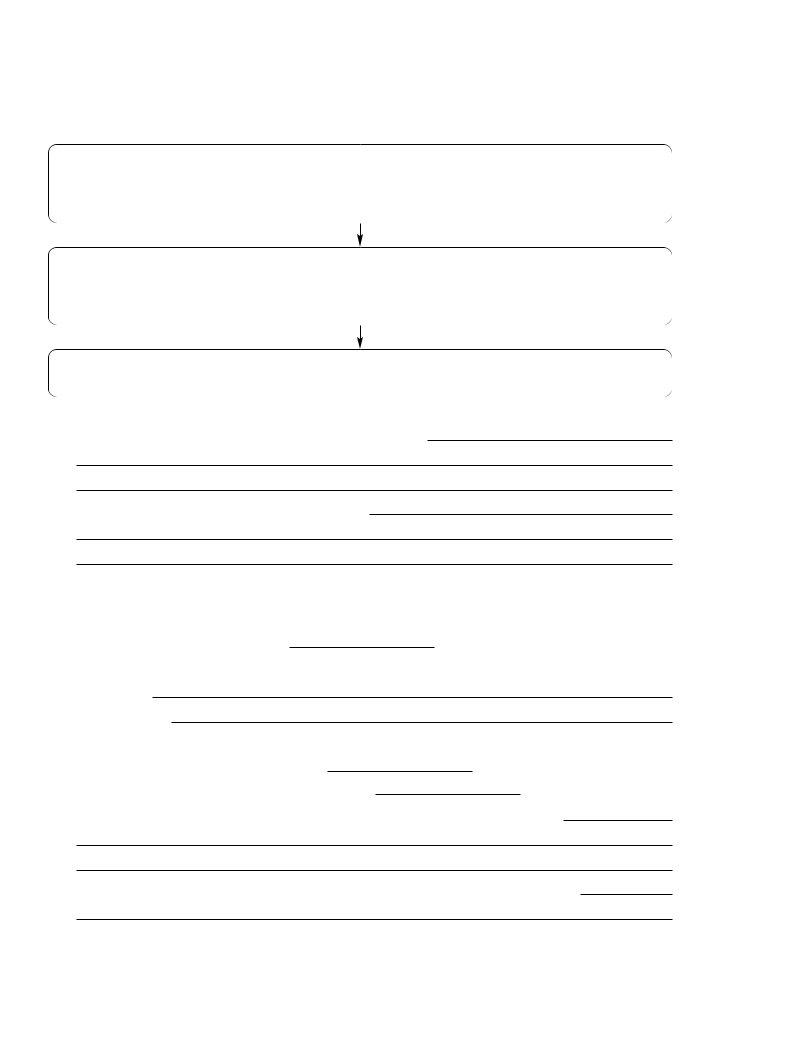The exploration of how chordates, a vast and diverse group of animals that includes everything from fish to humans, perform their essential life functions is a fascinating journey into the intersection of form and function. This exploration is aptly detailed in Section 33-3, focusing on vital activities such as feeding, respiration, circulation, excretion, response to stimuli, movement, and reproduction. From the unique feeding mechanisms of tunicates and lancelets to the complex respiratory systems of mammals and the efficient circulatory adaptations found across different chordate groups, the Section seeks to illuminate the diverse strategies employed by these organisms to thrive in their respective environments. It expounds on the various adaptations that enable chordates to filter feed, consume nectar, exchange gases, circulate blood, excrete wastes, respond to their surroundings, move, and reproduce in ways that are intricately linked to their anatomical structures. Moreover, the content delves into the evolutionary advancements that have allowed vertebrates in particular to develop systems and organs capable of supporting increasingly complex modes of life. Understanding these principles not only highlights the marvels of the natural world but also enhances our appreciation of the common threads that link all life forms.
| Question | Answer |
|---|---|
| Form Name | Section 33 3 Form |
| Form Length | 3 pages |
| Fillable? | No |
| Fillable fields | 0 |
| Avg. time to fill out | 45 sec |
| Other names | tunicates, U09, false, ovoviviparous |

Name______________________________ Class __________________ Date ______________
SECTION
(pages
Key Concept
•How do the organ systems of the different groups of chordates carry out essential life functions?
Feeding (pages |
|
|
|
|
1. Most tunicates and all lancelets are |
|
|
. They remove |
|
plankton from the water that passes through their |
|
|
. |
|
2.Circle the letter of the vertebrates that are filter feeders.
a. tunicates |
b. flamingoes |
c. manta rays |
d. crocodiles |
3.What adaptations do vertebrates have to feed on nectar?
4.Is the following sentence true or false? Mammals with sharp canine teeth and incisors are filter feeders.
5.Circle the letter of the vertebrates that typically have short digestive tracts that produce enzymes.
a. herbivores b. endotherms c. carnivores d. ectotherms
Respiration (pages
6.Is the following sentence true or false? Generally, aquatic chordates use lungs for respiration.
7.List three examples of respiratory adaptations or structures used by chordates in addition to gills and lungs.
a.
b.
c.
8.Describe the basic process of breathing among land vertebrates.
9.Is the following sentence true or false? Mammals typically have more surface area in their lungs than amphibians.
10.Bubblelike structures in the lungs that provide an enormous surface area for gas
exchange are called |
. |
© Pearson Education, Inc., publishing as Pearson Prentice Hall.
145

Name______________________________ Class __________________ Date ______________
11.Complete the flowchart that describes the path of water as it moves through a fish. See Figure
Water flows in through the fish’s ______________________, where muscles pump the water across
the ______________________.
As water passes over the gill filaments, ______________________ molecules diffuse into blood in the
capillaries. At the same time, _______________________________ diffuses from blood into water.
Water and carbon dioxide are pumped out through the ______________________.
12.Why do mammals need large amounts of oxygen?
13.Why are the lungs of birds most efficient?
Circulation (pages
14.Is the following sentence true or false? Chordates that use gills for respiration have a
15.Identify where the blood is carried in each loop of a
Second loop:
16.Is the following sentence true or false? In a
17.In vertebrates with gills, the heart consists of
18.What is the advantage of the reptilian heart over the amphibian heart?
19.Why is a
© Pearson Education, Inc., publishing as Pearson Prentice Hall.
146

Name______________________________ Class __________________ Date ______________
Excretion (page 861)
20. In nonvertebrate chordates and fishes, |
|
|
play an important role in |
|
excretion. However, most vertebrates rely on |
|
|
. |
|
21.Circle the letter of each chordate that eliminates nitrogenous wastes as urea.
a. tunicates |
c. birds |
b. reptiles |
d. mammals |
22.How do vertebrate kidneys help maintain homeostasis?
Response (page 862)
23.Is the following sentence true or false? Nonvertebrate chordates have a complex brain with distinct regions.
24.Circle the letter of the part of the brain that controls the function of many internal organs.
a. |
medulla oblongata |
c. |
olfactory bulbs |
b. |
optic lobes |
d. |
cerebrum |
25.Is the following sentence true or false? The cerebrum and cerebellum are most developed in birds and mammals.
Movement (page 863)
26. Although nonvertebrate chordates lack bones, they do have |
. |
27.What structures make it possible for vertebrates to control movement?
Reproduction (page 864)
28.Is the following sentence true or false? Vertebrate evolution shows a general trend from internal to external fertilization.
29.Circle the letter of development in which the eggs develop internally and the embryos receive nutrients from the yolk surrounding them.
a. |
oviparous |
c. |
viviparous |
b. |
ovoviviparous |
d. |
asexual |
© Pearson Education, Inc., publishing as Pearson Prentice Hall.
147